Amidst increasing global resource shortages and environmental challenges, waste resource utilization has become a key solution to these two challenges. Efficient waste screening is a crucial prerequisite for achieving this goal. Traditional waste screening methods suffer from numerous issues, including low efficiency, poor accuracy, and environmental pollution, making them inadequate for large-scale waste treatment. Optical sorters, as highly efficient screening equipment based on optical principles, have gained widespread application in waste screening due to their unique technological advantages, injecting new vitality into waste resource utilization.
Applications of Optical Sorters in the Screening of Different Waste Types
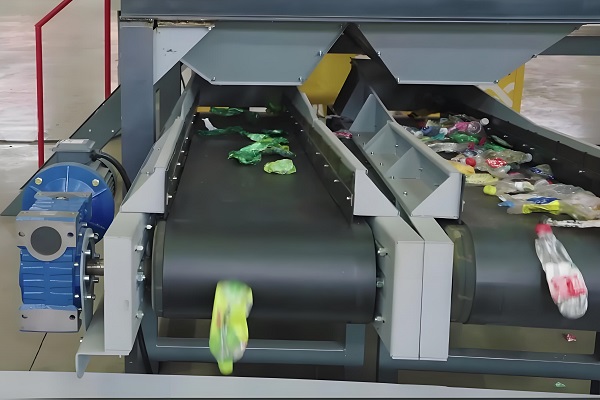
1. Plastic Waste Screening
Plastic waste is a significant type of solid waste generated in daily life and industrial production. Due to its diverse variety and complex composition, as well as the significant differences in recycling methods and value for different types of plastics, precise sorting is crucial for its recycling. Optical sorters demonstrate significant advantages in plastic waste screening.
In the plastic waste screening process, optical sorters can separate plastics based on their color, transparency, and specific spectral characteristics. For example, polyethylene (PE) and polypropylene (PP) are two common plastics that may appear similar in appearance, but near-infrared spectroscopy reveals distinct spectral absorption peaks. Optical sorters leverage this characteristic to accurately separate PE and PP from mixed plastic waste. Furthermore, for some dyed plastics, color sorters can separate plastics of different colors based on subtle color differences, meeting the color requirements of various recycling processes.
Currently, the application of optical sorters in plastic waste screening is relatively mature, and many large plastic recycling companies have introduced optical sorting equipment. For example, one plastic recycling plant uses a combination of color sorters and near-infrared spectroscopy to process mixed plastic waste, achieving a sorting efficiency of over 2 tons per hour and a purity exceeding 95%, significantly improving the recycling rate and value of plastic waste.
2. Glass Waste Screening
Glass waste has excellent chemical stability and recyclability. Recycling glass waste not only reduces resource consumption but also reduces environmental pollution. However, glass waste is often mixed with glass of varying colors and compositions, as well as other impurities (such as ceramics, stone, and metal). The presence of these impurities can affect the quality of recycled glass, necessitating effective screening.
Optical sorters are primarily used to separate glass of different colors and remove impurities in glass waste screening. Color sorters can accurately sort glass based on its color (e.g., colorless, green, brown, etc.), meeting the color requirements of various glass products. For example, when producing colorless glass products, green and brown glass must be removed, and color sorters can quickly identify and separate these different-colored glass.
Optical sorters can also exploit the differences in optical properties between glass and other impurities to remove impurities. For example, glass has high transparency, while impurities such as ceramics and stone have lower transparency and different reflective properties from glass. By detecting these differences in optical properties, optical sorters can accurately separate impurities from glass waste. After introducing an optical sorter, a glass recycling company increased its glass waste screening efficiency by 30%, achieving an impurity removal rate of over 98%, and significantly improving the quality of recycled glass produced.
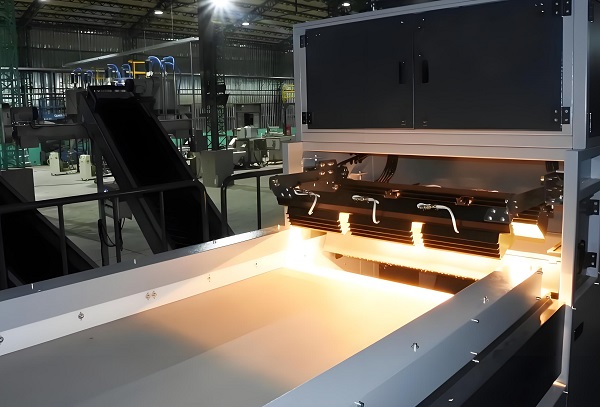
3. Electronic Waste Screening
Electronic waste (such as used mobile phones, computers, and televisions) contains large amounts of precious metals (such as gold, silver, and copper), rare metals, and recyclable materials such as plastics and glass, making it highly valuable for recycling. However, the extremely complex composition and delicate structure of electronic waste make it difficult to effectively separate materials using traditional screening methods. Optical sorters, however, offer unique advantages in electronic waste screening.
In the electronic waste screening process, optical sorters can separate different materials by combining multiple optical technologies. For example, using X-ray fluorescence spectroscopy (XRF), optical sorters can detect the composition and content of metals in electronic waste, accurately identifying components containing precious metals, such as chips and connectors on circuit boards. Furthermore, by combining visible light imaging technology, optical sorters can separate components such as plastic casings, metal frames, and glass screens based on their appearance (such as shape and color).
In addition, optical sorters can also be used to sort materials after electronic waste is shredded. After electronic waste is shredded, it forms a mixed granular material. Optical sorters can separate metal, plastic, glass, and other particles based on their optical properties. One electronic waste recycling company uses optical sorters for sorting, which not only increases the recovery rate of precious metals but also effectively separates plastics, glass, and other materials. This increases recycling efficiency by over 50% compared to traditional methods while also reducing the health risks associated with manual sorting.
Advantages of Optical Sorters in Waste Screening
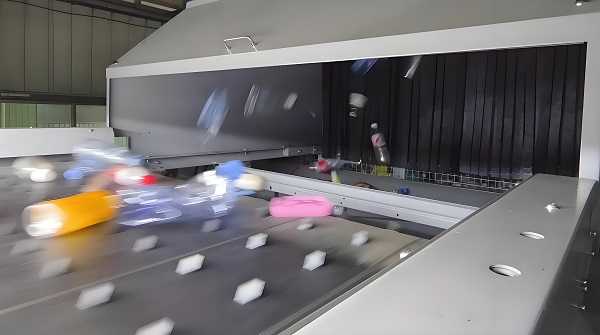
1. High Screening Efficiency
Compared to traditional manual and mechanical sorting methods, optical sorters offer extremely high screening efficiency. They can operate continuously and automatically, processing tens or even hundreds of tons of waste per hour, far exceeding the efficiency of manual sorting (which typically only processes tens to hundreds of kilograms per hour). For example, in large waste treatment plants, a single optical sorter can handle the same sorting capacity as dozens or even hundreds of workers, significantly reducing waste screening time and improving the efficiency of the entire waste treatment process.
2. High Screening Precision
Optical sorters, based on precise optical principles and advanced data analysis technology, can accurately identify differences in the optical properties of waste, enabling high-precision screening. Whether it's plastic, glass, or electronic waste, these sorters can precisely separate target materials from impurities, achieving a separation purity of over 90%, or even exceeding 98%. This high-precision screening ensures the quality of recycled materials, providing high-quality raw materials for subsequent resource utilization and increasing the value of waste recovery.
3. Environmentally Friendly
Traditional waste sorting methods, such as manual sorting, require workers to come into direct contact with the waste, exposing them to harmful substances and potentially polluting the surrounding environment. Optical sorters, on the other hand, operate automatically, eliminating direct contact with the waste and reducing health risks to operators. Furthermore, optical sorters generate no secondary pollution, such as dust and noise, during operation, complying with environmental regulations and contributing to improved environmental quality at waste disposal sites.
4. Reduced Costs
Although the initial investment cost of an optical sorter is relatively high, in the long term, it can effectively reduce waste sorting costs. On the one hand, optical sorters offer high screening efficiency, reducing processing time and lowering equipment operating and management costs. On the other hand, their high screening precision improves the quality and yield of recycled materials, increasing recycling revenue. Furthermore, the automated operation of optical sorters reduces labor costs, avoiding the inefficiencies and errors that can occur during manual sorting.
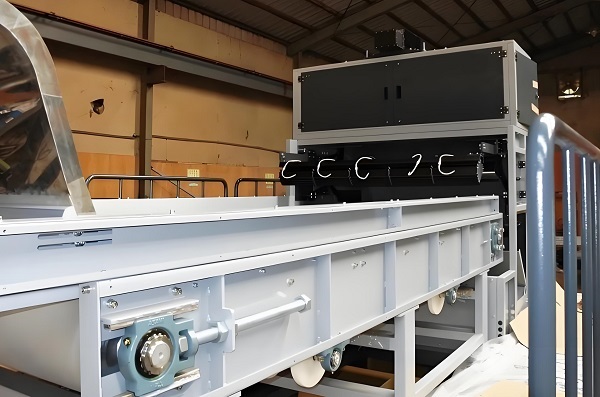
Application Prospects of Optical Sorters in Waste Sorting
With increasing global attention to environmental protection and resource recycling, the waste treatment industry is experiencing rapid growth. As a key piece of equipment in waste sorting, optical sorters hold broad application prospects.
From a policy perspective, governments around the world have introduced policies to support waste resource utilization and encourage businesses to adopt advanced waste treatment technologies and equipment. For example, China's 14th Five-Year Plan for Circular Economy Development explicitly calls for strengthening the resource utilization of solid waste and promoting advanced sorting technologies and equipment. This provides a favorable policy environment for the application of optical sorters in waste sorting.
From a technological perspective, with the continuous advancement of optical, electronic, and artificial intelligence technologies, the performance of optical sorters will continue to improve. Future optical sorting machines will be more intelligent, efficient, and multifunctional, adapting to more complex waste sorting scenarios and improving screening accuracy and efficiency. For example, integrating 5G technology will enable remote monitoring and intelligent scheduling of optical sorting machines; leveraging blockchain technology will enable traceability management of the waste sorting and recycling process, ensuring the quality and safety of recycled materials.
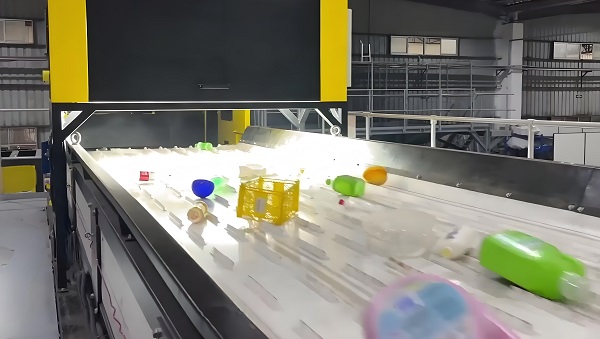
From a market perspective, with the increasing amount of waste generated and rising environmental awareness, the demand for waste resource utilization is also growing. Whether it's the recycling of common waste like plastics, glass, and electronic waste, or the treatment of specialized waste like hazardous waste and medical waste, efficient and precise sorting equipment is required. Optical sorting machines can meet the waste sorting needs of various sectors and hold enormous market potential.
Optical sorting machines offer significant advantages in waste sorting. While some challenges currently exist in their application, these will gradually be resolved with continuous technological advancement and policy support. In the future, optical sorting machines will play an even more important role in waste resource utilization, making greater contributions to promoting the development of a circular economy and building an ecological civilization.
Save Time! Get A Detailed Quotation Quickly.
